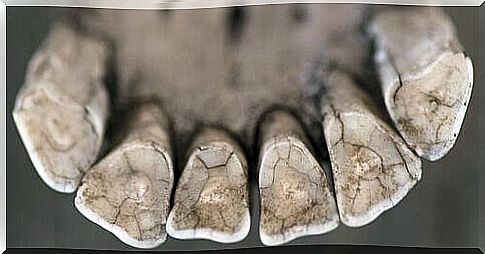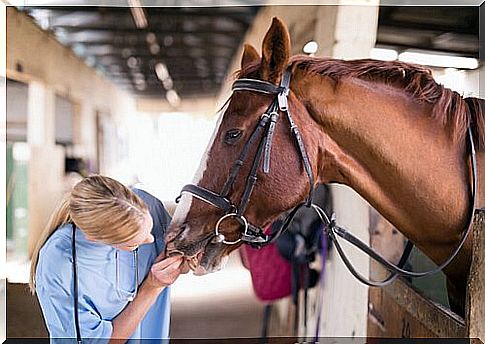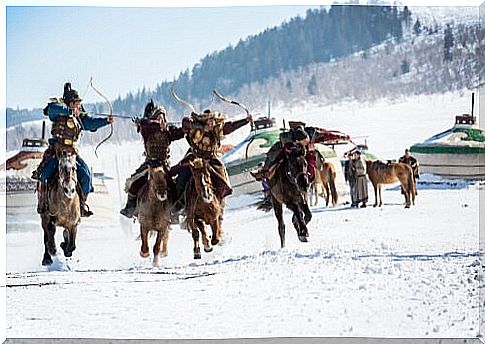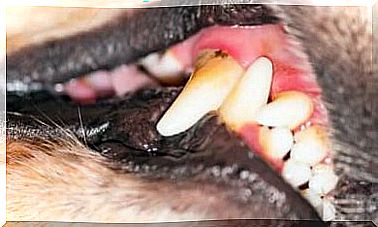A Horse Veterinarian From 3000 Years Ago

Upon analyzing the skulls of a Mongolian horse cemetery, it was discovered that they saw or extracted the teeth of horses there.
A group of archaeologists followed the trail of what may be the first horse veterinarian. Thus, it was discovered that, 3,000 years ago, someone extracted a tooth from a horse in the Mongolian steppes.
Today it is difficult to understand our life without this profession, as veterinarians do a lot more things than we think.
They are responsible for the quality of the meat you buy at the supermarket and check your favorite bakery to see if bread and sweets are free of bacteria.
In addition, they also make sure that the water you consume is not contaminated and is free from zoonoses.
Brief history of the veterinarian
In fact, we don’t know exactly at what point the veterinary profession emerged. However, there are traces of cow skulls that underwent a procedure called “trepanation” in the Neolithic.
This ancient surgery opened a hole about three centimeters in diameter in the patient’s skull to relieve ailments such as headaches and seizures.
In addition to the famous Kahun papyrus, which reflects the importance of this profession in ancient Egypt.
In the Middle Ages, the veterinary profession was developed through the figure of albeitar , in Spain.
However, this did not happen until the 16th century, when the first treatises on anatomy began to be made. And, moreover, it was only in this period that discipline began to be developed.

A 3,000-year-old horse veterinarian
Despite the above, these remains found in Mongolia give us new clues about the beginnings of the veterinary profession.
An analysis of skulls in a horse cemetery showed that the region’s nomads sawed horses’ teeth, or even extracted them, 3,000 years ago.
Thus, these facts suggest that these amazing equine health techniques came along with horseback riding.
Furthermore, in this region we have the origins of horses and species, such as Przewalski’s horse, the last wild horse.
Mongolia is a region with a particular relationship with animals. Therefore, it is believed that this place is both the origin of horse riding and falconry.
Horse domestication, a controversial subject
Domestic horses are believed to have originated in Eurasia about 5,000 years ago, although the first physical evidence appears in the Bronze Age in Mongolia. There the first 3,000-year-old horse burials were found.

It was in this settlement, known as Deer Stone-Khirigsuur, that Professor Taylor’s team decided to study the animals’ teeth to look for traces of ancient procedures.
Thus, the tests confirmed that the teeth had wear compatible with the use of flanges. And, in addition, they also found direct signs of interventions carried out by a supposed veterinarian.
Evidence of the existence of a 3,000-year-old horse veterinarian
In the first case, two young horses had partially cut lateral incisors, as they probably caused problems at the time of feeding.
This operation was performed by a horse veterinarian using stone elements, as demonstrated.
At another site, Mongolian shepherds were found to have adopted a technique that has endured to this day.
It consists of the extraction of the so-called wolf tooth, which serves to put brakes on animals without causing pain when the animal bites.
This horse veterinarian was probably a Mongolian herder, and may have changed the course of history. In other words, Mongolian shepherds and equine dentistry may have changed the course of humanity, causing the greatest engine of wars and conquests.
Several centuries after these shepherds began extracting teeth, a horde of Mongols on horseback led by Genghis Khan devastated half of Europe.
Who could imagine the consequences of a simple veterinary procedure?









